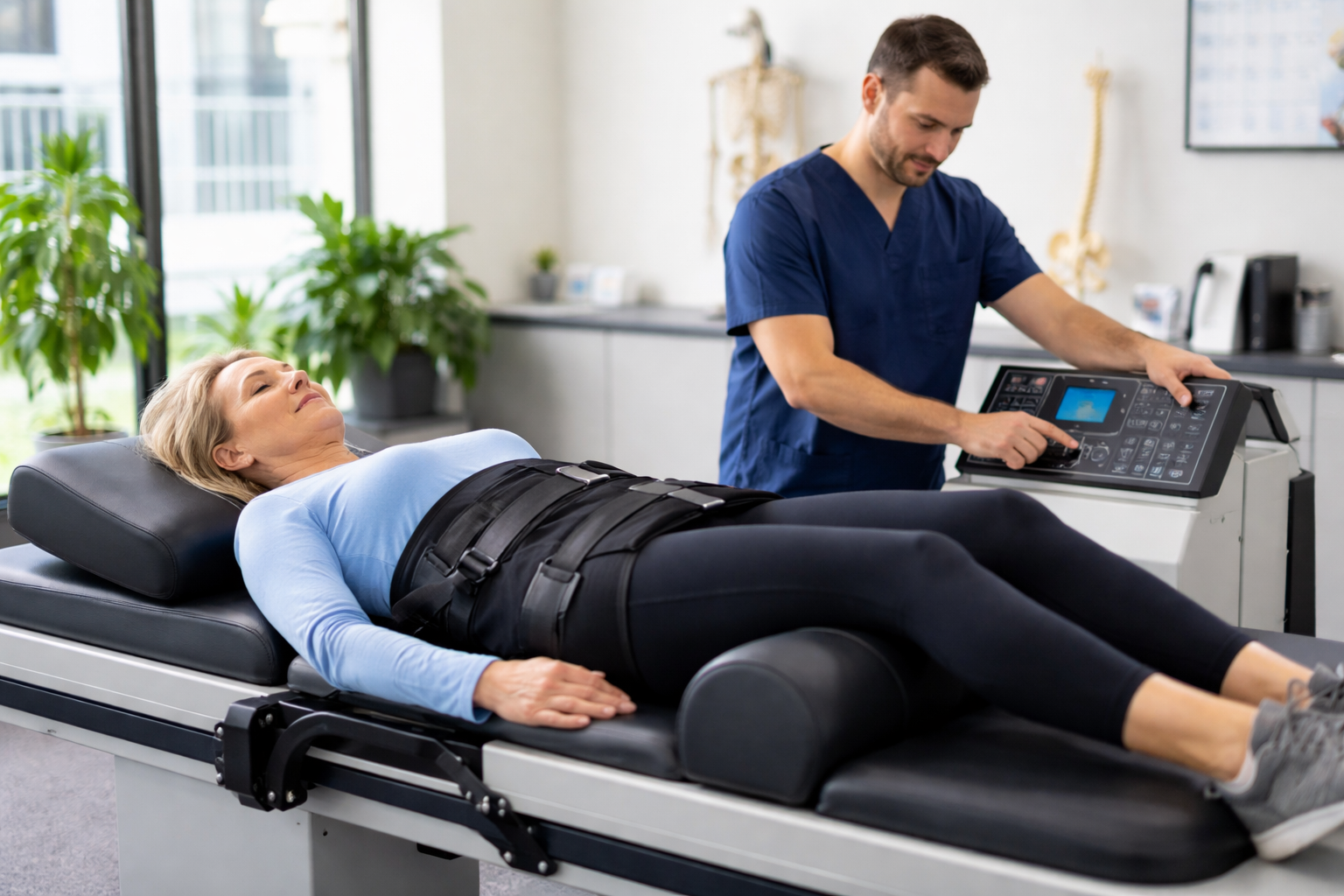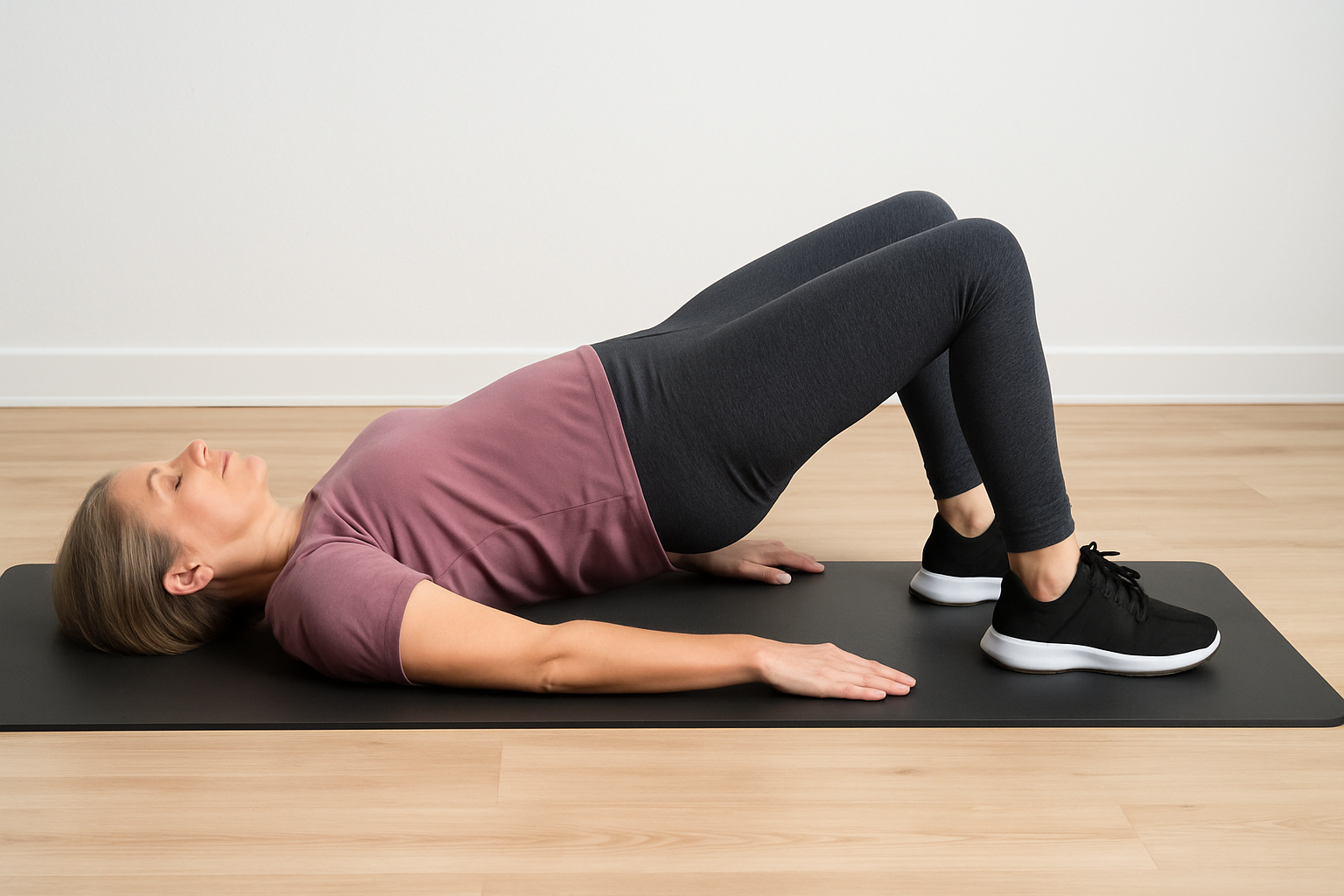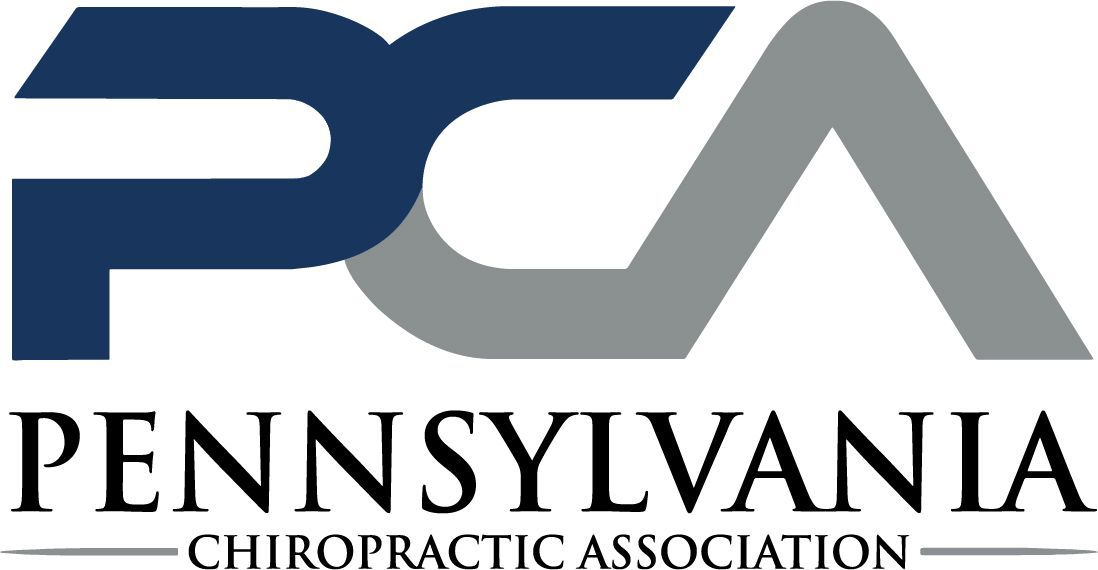September 12, 2025
Is Bad Posture Aging Your Spine? Why Younger Adults Are Developing Dowager’s Hump and What You Can Do About It
Most people assume posture problems only show up later in life. Unfortunately, that is no longer the case. We are now seeing serious spinal changes in people in their twenties and thirties. One of the most visible and concerning signs is the appearance of a forward curve in the upper back and neck, often called a "Dowager's hump."
This used to be considered a condition associated with advanced age. Today, it is showing up in young adults who spend hours hunched over laptops, slouched at their desks, or scrolling on their phones. The good news is that this issue is not only preventable but, in many cases, also reversible without surgery or medication.
In this article, we will explain what causes posture-related spinal damage, what the warning signs are, and how American Back Centers helps people of all ages restore their posture and prevent long-term degeneration.
What Is Dowager’s Hump?
Dowager’s hump is the common name for a condition called postural kyphosis. It presents as a visible curvature or rounding at the base of the neck and upper back. Over time, this hump can become more pronounced, leading to stiffness, discomfort, and even long-term changes in the spine’s structure.
While more severe cases may involve bone loss or vertebral compression fractures, most modern cases we see are due to soft tissue adaptation. That means muscles, ligaments, and fascia have shortened and reshaped in response to poor posture over time. This type of curvature is often preventable and correctable if caught early.
Why Are Younger Adults Affected Now?
The rise of postural kyphosis in younger adults is directly tied to our changing lifestyle habits.
Here are the major contributing factors:
1. Technology Use (Tech Neck)
We spend hours every day looking down at phones, laptops, and tablets. This forward head posture places a massive amount of stress on the cervical spine. For every inch the head moves forward, the effective weight on the neck doubles. Over time, this leads to muscle imbalances and spinal misalignment.
2. Sedentary Lifestyle
Most people sit far more than their bodies are designed for. Whether it is at school, work, or home, prolonged sitting without breaks limits spinal movement, weakens the core and postural muscles, and contributes to poor alignment.
3. Poor Ergonomics
Improper desk setups, unsupportive chairs, and screens that are too low encourage slouching. When we repeat these positions day after day, the spine adapts to the dysfunction.
4. Lack of Postural Awareness
Many people are not aware that their posture is deteriorating until they start seeing physical signs. By the time a visible hump develops, structural changes have already started.
5. Weak Musculature
A strong spine depends on balanced muscle support. Weak deep neck flexors, underactive glutes, and disengaged core muscles all contribute to dysfunctional posture patterns.
The Hidden Costs of Poor Posture
Poor posture does not just affect how you look. It impacts your overall health and quality of life. Here are some of the long-term consequences if poor posture is left unaddressed:
- Chronic neck and shoulder pain
- Numbness or tingling in arms or hands
- Reduced lung capacity and breathing difficulty
- Tension headaches and migraines
- Low back pain and sciatica
- Spinal degeneration and disc problems
- Loss of height and mobility over time
Many of these issues do not appear suddenly. They accumulate slowly, making early intervention essential.
How We Address Posture at American Back Centers
At American Back Centers, we take a comprehensive and non-surgical approach to restoring healthy spinal alignment and posture. Our goal is not just to treat symptoms but to correct the underlying issues causing structural breakdown.
Here are the key elements of our posture correction programs:
1. Postural and Structural Assessment
We begin with a detailed examination of your posture, spinal alignment, and movement patterns. This helps us identify imbalances, restrictions, and compensations that may not be immediately visible.
2. Non-Surgical Spinal Decompression
We use advanced decompression therapy, such as VAX-D, to reduce pressure on spinal discs and allow the spine to move toward its natural alignment. This helps relieve tension and create space for healing without the need for surgery.
3. Functional Rehabilitation and Corrective Exercise
We design targeted rehab programs to activate weak muscles and restore postural stability. This often includes strengthening the deep core, upper back, and neck stabilizers to support long-term change.
4. Ergonomic Coaching and Lifestyle Habits
We work with each patient to improve their daily environment and habits. This may involve adjusting your workstation, learning how to sit and stand properly, and building in daily movement strategies to avoid long periods of sitting.
5. Ongoing Monitoring and Progress Tracking
We track your progress through visual posture scans, functional improvements, and symptom changes. Our team makes regular adjustments to your care plan based on how your body responds.
Can You Reverse a Dowager’s Hump?
In many cases, yes. Especially when caught early, postural kyphosis can be significantly improved with non-invasive care. By retraining the muscles, decompressing the spine, and restoring natural movement patterns, patients often see visible improvement in their posture and a noticeable reduction in pain.
However, if spinal degeneration or bone loss is already advanced, correction may be limited. That is why early detection and treatment are so important.
What Are the Signs You Should Not Ignore?
If you are noticing any of the following signs, it may be time for a professional evaluation:
- A visible bump or rounding at the base of your neck
- Feeling like your head is always leaning forward
- Frequent neck, shoulder, or upper back pain
- Stiffness or tightness after long periods of sitting
- Difficulty standing up straight or maintaining good posture
- Comments from others about slouching or looking hunched
Even if you are not in pain yet, these signs indicate structural strain that can lead to more serious issues later.
Why Early Action Matters
The earlier you act, the better your results will be. Postural problems that are addressed early are often fully correctable. Waiting too long allows soft tissue adaptation and potential spinal degeneration to set in, making it harder to reverse.
At American Back Centers, we believe in empowering our patients to take control of their spinal health before pain or disability takes over.
We combine proven therapies with patient education to help you build lifelong habits that support a strong, upright spine.
You Do Not Have to Live with Poor Posture
If you are noticing early signs of spinal humping or posture changes, do not wait for it to become permanent. Taking simple, natural steps now can help you:
- Feel taller and more confident
- Breathe and move more freely
- Avoid chronic pain and degeneration
- Stay active and mobile for years to come
Book Your Free Consultation Today
American Back Centers is proud to serve the Pittsburgh area with advanced, non-surgical solutions for posture, spinal health, and natural pain relief. We offer a free consultation so you can learn what is going on with your spine and what steps you can take to fix it. There is no obligation. Just a simple, honest conversation to help you move forward.
Book your free consultation in under 5 minutes:
https://americanbackcenters.com/contact/
Your posture today determines your mobility tomorrow. Whether you are already feeling the effects of spinal aging or want to stay ahead of future problems, now is the time to take action.
Let us help you strengthen, align, and protect your spine for life.
You are not too young to fix this and it is not too late to change.









